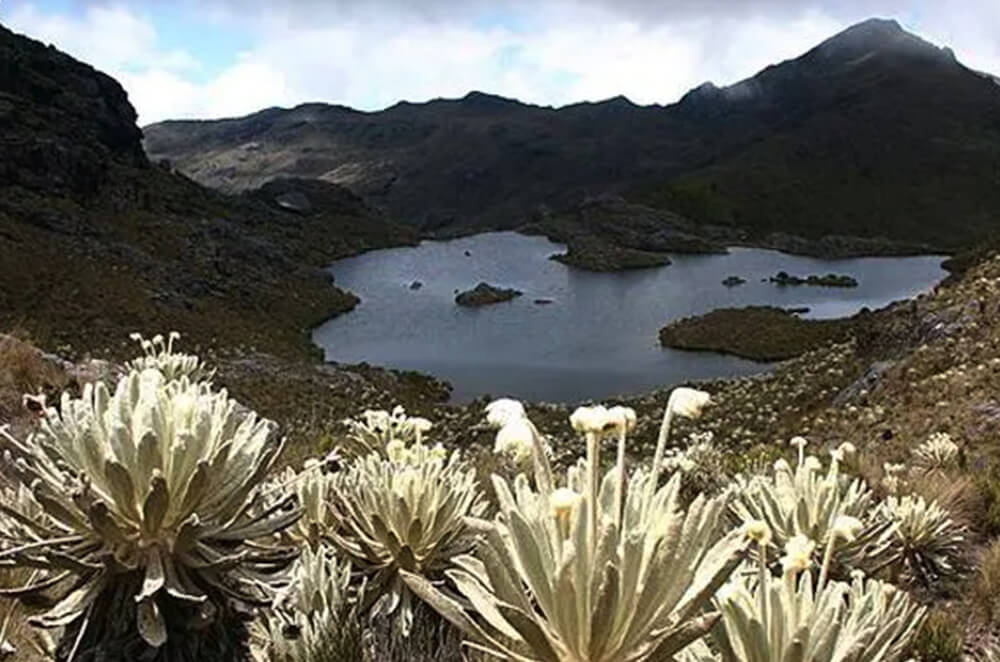It’s common knowledge that Latin America is rich in natural resources. However, while places like the Amazon are globally recognized for their environmental importance, other ecosystems in the region go relatively unnoticed, despite being equally relevant.
Such is the case with the paramos. These ecosystems are found in the Andean mountain range; in fact, 80% of the world's paramos are in the Andes, which includes Colombia and Ecuador in particular, although there are also paramos in Peru, Venezuela, and Costa Rica.
The conditions in the paramos are unique and make them strategic ecosystems due to their key environmental role. Located at over 3,000 meters above sea level, they have cold weather year-round, highly fertile volcanic soils, and a high degree of biodiversity.
What do paramos do for us?
Perhaps the most important function of paramos is that they supply water to millions of people. In Colombia, for example, they are the source of 70% of the country's freshwater. They also supply most of Quito’s drinking water.
This is because paramos act like sponges: they absorb water, store it, and then slowly distribute it to the surrounding forests. Additionally, the water they receive from rain, fog, or glacier thawing is naturally filtered during this process, resulting in clean and pure drinking water.
Furthermore, paramos provide a range of other essential ecosystem services:
- They help mitigate global warming thanks to their ability to retain carbon dioxide. It’s estimated that paramos retain more than 1,000 tons of CO2 per hectare, much more than other ecosystems.
- They are the natural habitat of a large number of endemic flora and fauna: 6 out of 10 species of plants found in paramos only exist there.
What threats do paramos face?
In addition to being exceptional, paramos are fragile ecosystems that depend on a natural balance achieved over millions of years. Like many ecosystems worldwide, paramos are also threatened today by climate change and human activities.
Mining and extensive agriculture distort the necessary balance for paramos to continue functioning naturally, endangering some of the world's most important freshwater reserves. The increase in temperatures due to climate change is also a serious threat to these ecosystems, as well as livestock farming, overgrazing, and deforestation.
Many of these problems can be addressed with informative and educational workshops for communities living near paramos. Equally essential is promoting legislation that protects these indispensable ecosystems.

